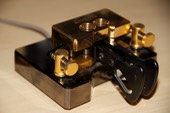Do amps make a difference and do we really need them? I think so. My past experiences have shown that when using a compromise antenna that a little power makes a difference in the oomph of your signal. An amplifier driven below its maximum output by a radio also not being driven hard has to mean less heat and longevity of components.
Nowadays to get that little extra oomph and headroom I am using a Linear AMP UK Challenger IV - 20w in gives full legal limit of 400w which is well under the capacity of both radio and Amp. I built a homebrew dummy load to help test this amp - details here.
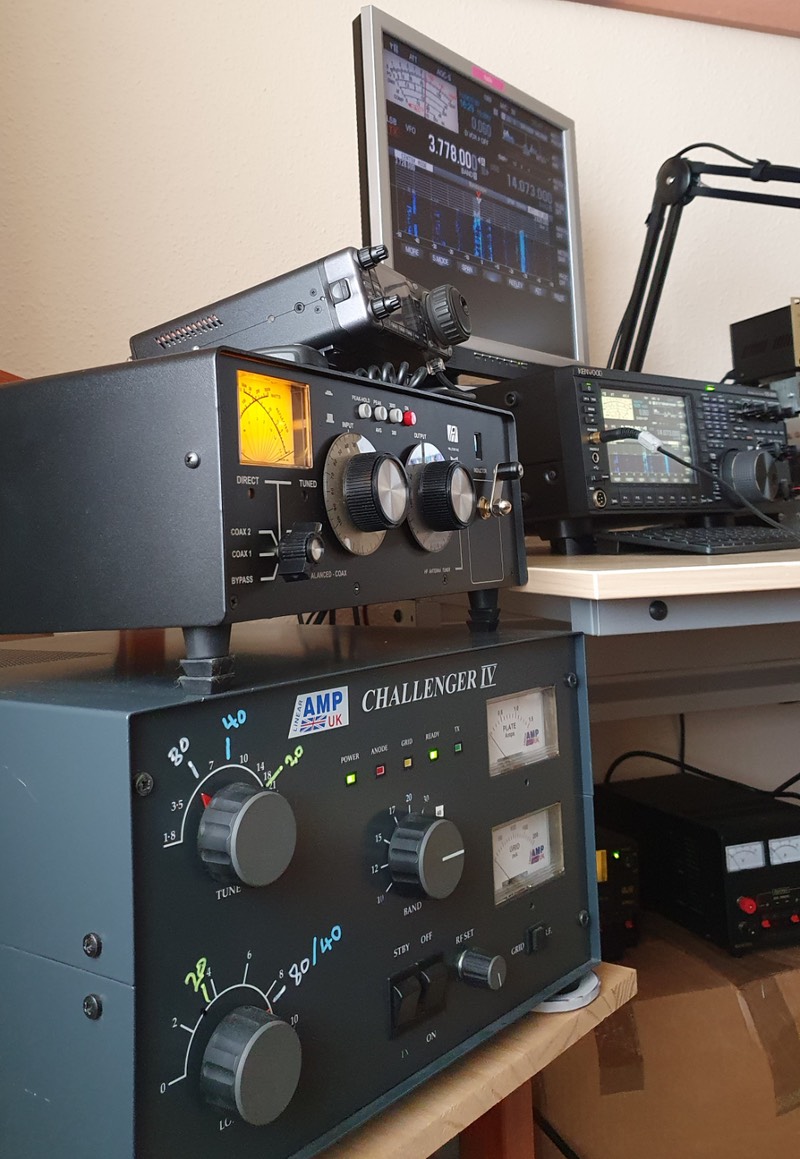
Amps… I do like them for a couple of reasons - one they provide headroom - ie low power out from the radio helps with longevity of your equipment, 2ndly a bit more power helps when conditions aren’t brilliant and finally I just like knowing I’m putting out a decent signal.
Over the years I have had a number of solid state amps which do work, but they are mostly delicate and need a low SWR. But they are instantaneous with no warm up time, some of the more expensive ones have big power outputs, automatic ATUs and are easy to interface with a radio. My favourite amp is the ACOM1000 - loads of power output and easy to tune, also idiot proof which I sometimes am. For example if I haven’t tuned it and then started transmitting, all the fault protection stuff kicks in and it goes into safe mode, if the antenna suddenly breaks whilst using it, again it goes into safe mode. I sold my Acom a number of years ago and when getting back on the radio earlier this year (2020), I see the price of them is about £2400 which was more than I could afford. So I was using a little solid state HLA300 - which worked well but a bit finicky. I’ve since bought a 2nd hand Linear AMP UK Challenger 4 which is a tube amp and max output of about 1300watts - it was an affordable price. I usually only run it with a 10-15 watt drive out of the radio, which in turn gives me between 2-300 watts out. Full legal power around for 20 watts drive. Loads of headroom. My own experience and observations;
Valve amps - good for accepting unmatched antennas and will usually work with SWR upto 3:1 which means you can change up and down the band without retuning, in my opinion the transmit audio is better with a valve amp, valve amps usually capable of greater power and more difficult to damage. Not so good for fan noise to keep the valve cool, usually have a 3 minute warm-up time, not so easy to band hop, take up a lot of space, 2nd hand ones usually easy to pick up for around £500 upwards, new ones from about £1500
Solid state amps, good for instant power, easy to interface with a radio computer control, smaller and less of a footprint and great for band hoping and chasing DX, not so good in protecting themselves, need a low SWR, 2nd hand not so easy to know if the finals are not 100%, expensive for a good power output and fault protection circuitry around £2000 upwards.
As a footnote to the above, whatever I have used, I used a PTT line as opposed to VOX or ALC, I like a positive transmit.
Re earthing, as I use a balanced antenna, I didn’t use a station ground. However, intermitted RF prompted me to bury a 6 ft copper stake outside the shack and then eathring the ATU to it. This appears to have resolved the issues.
If you have the money go for an Acom (although I do like the whopper that I have)
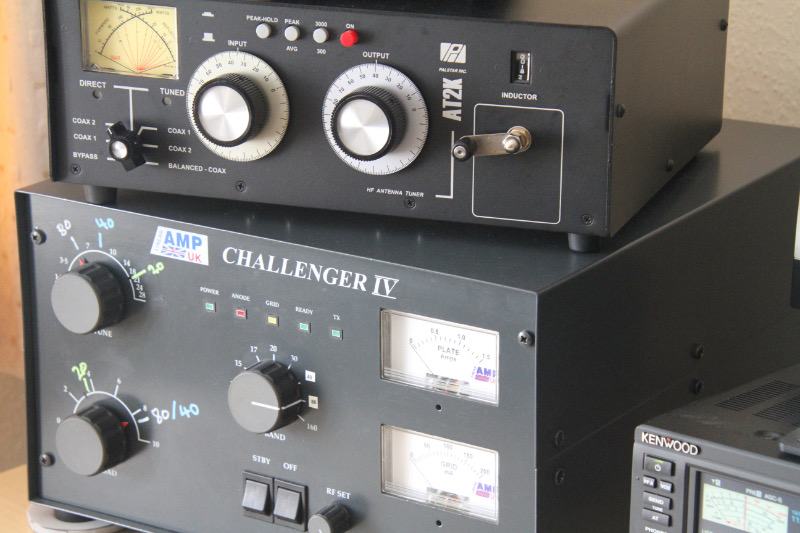
This shows the Palstar ATU sitting on top of the Linear - no issues whatsoever with RF or heat
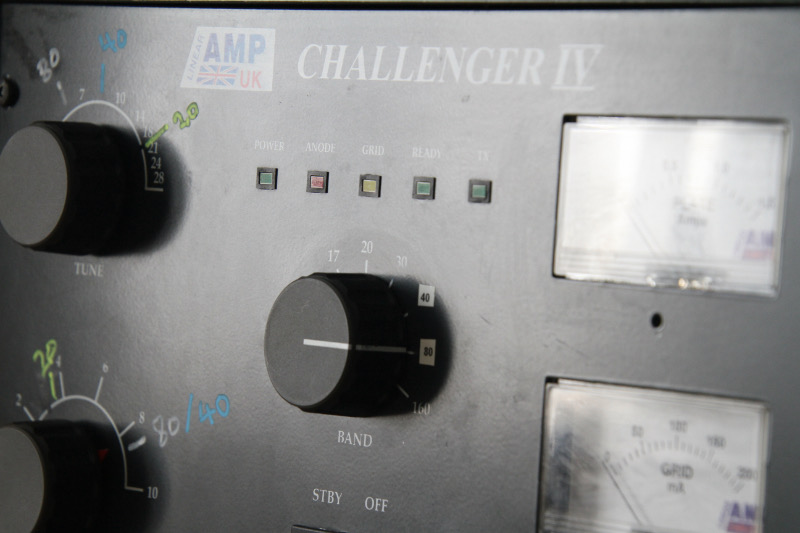
I discovered some liquid chalk which makes it easy to note band settings
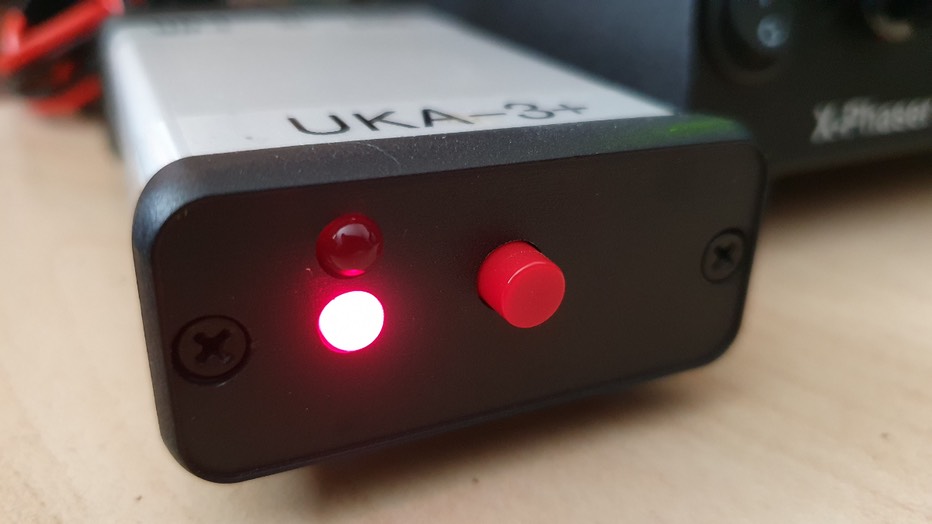
I use this buffer relay PTT to isolate the amp from the radio PTT
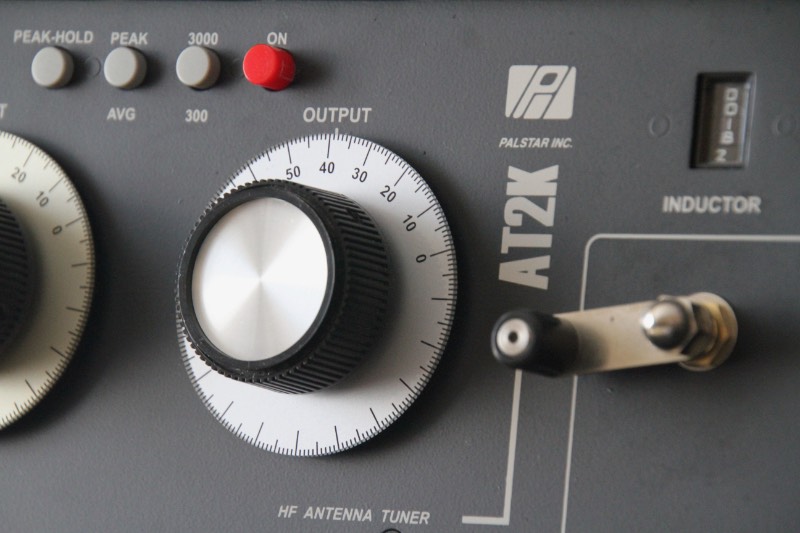
You do need an ATU that will handle to capability of the Amp and a good dummy load for station tests!
